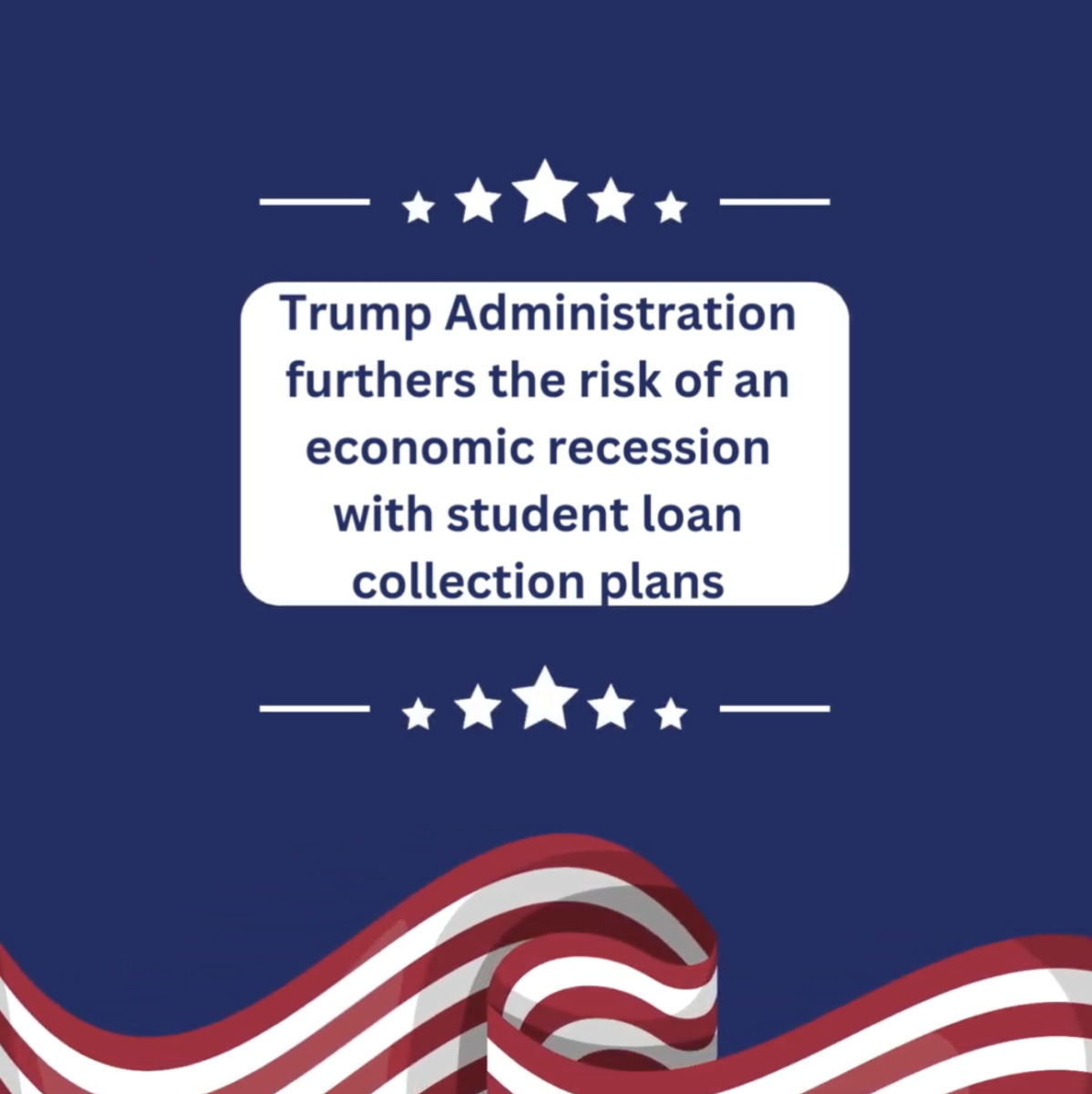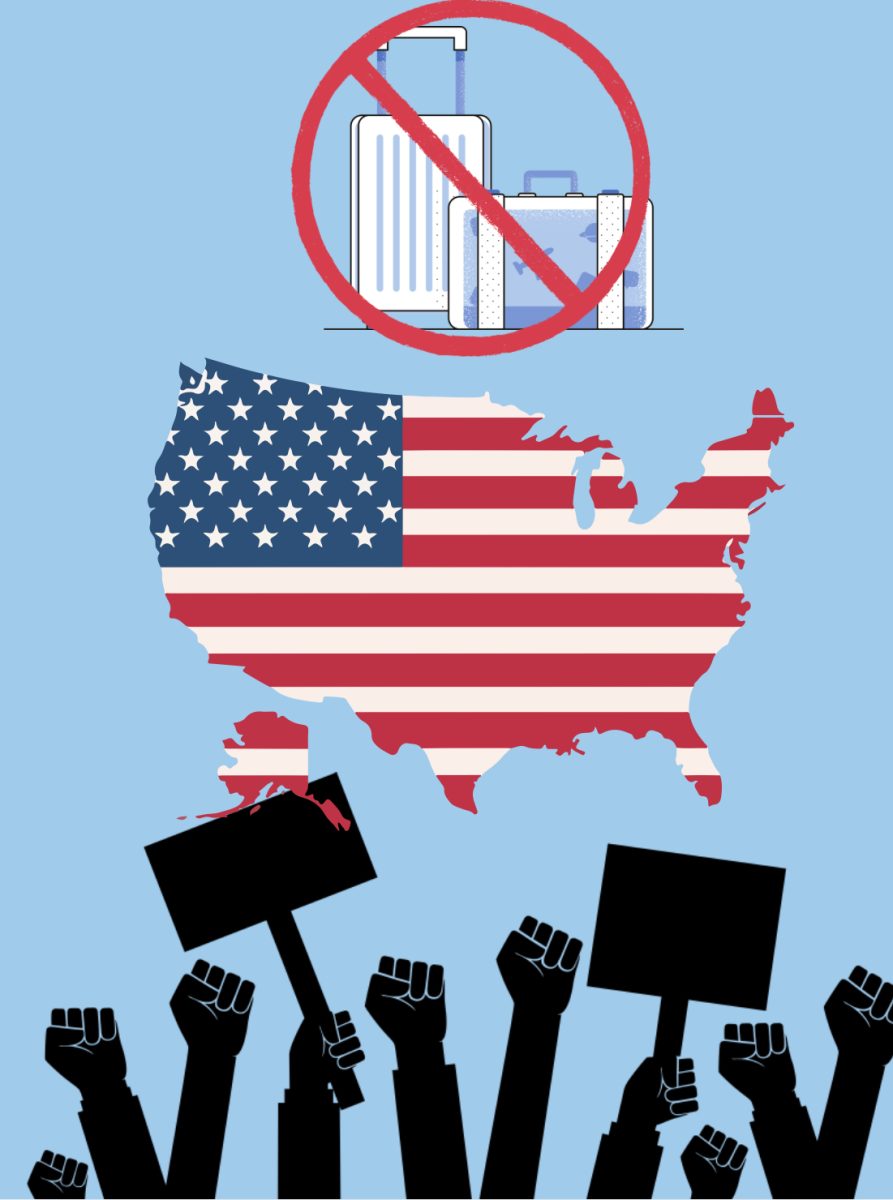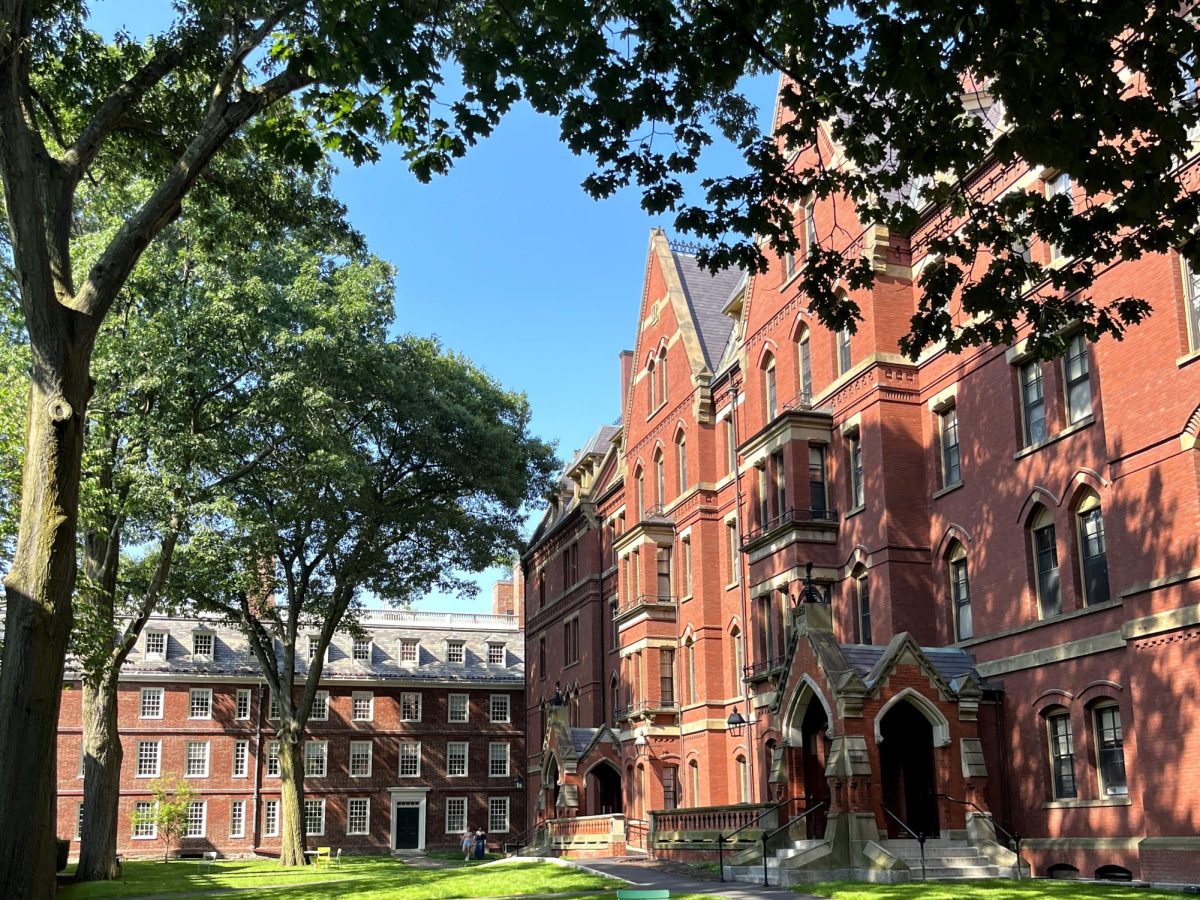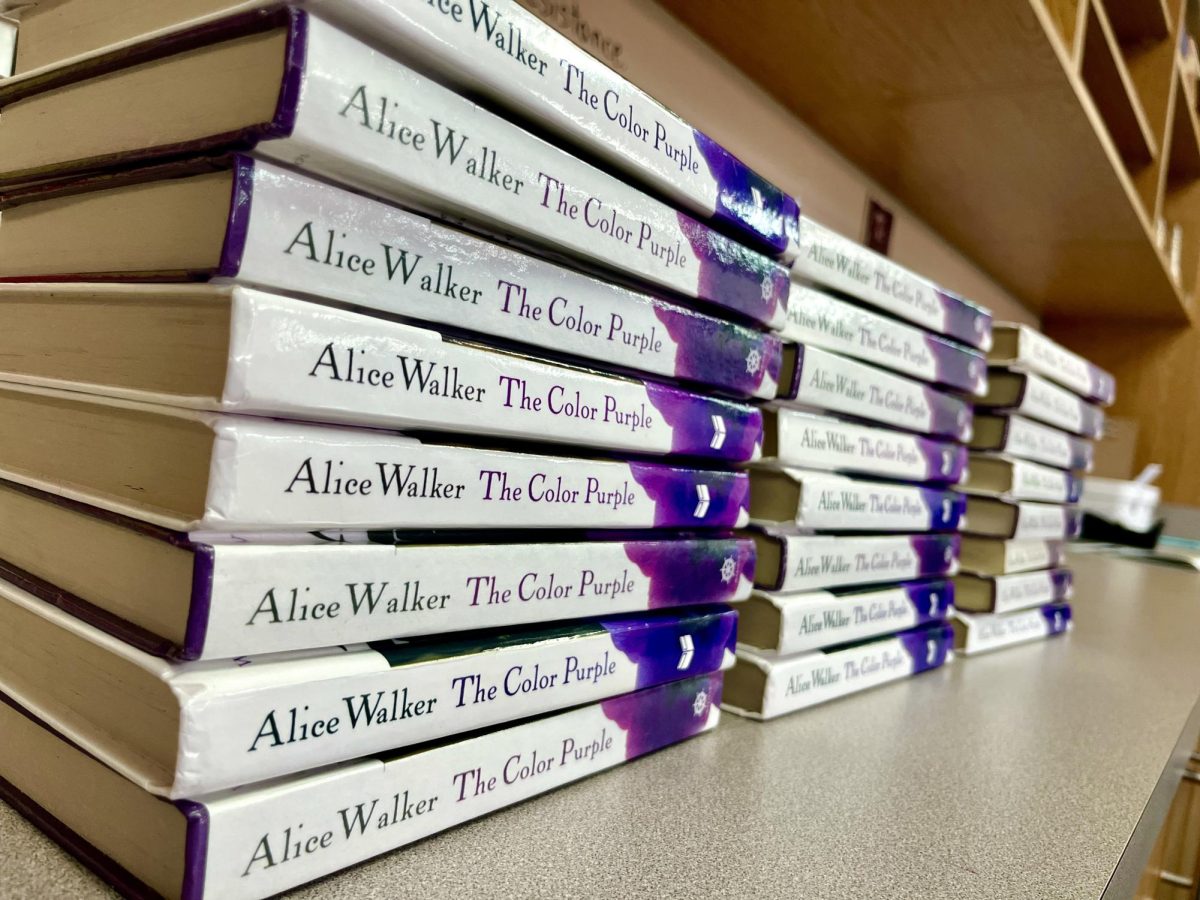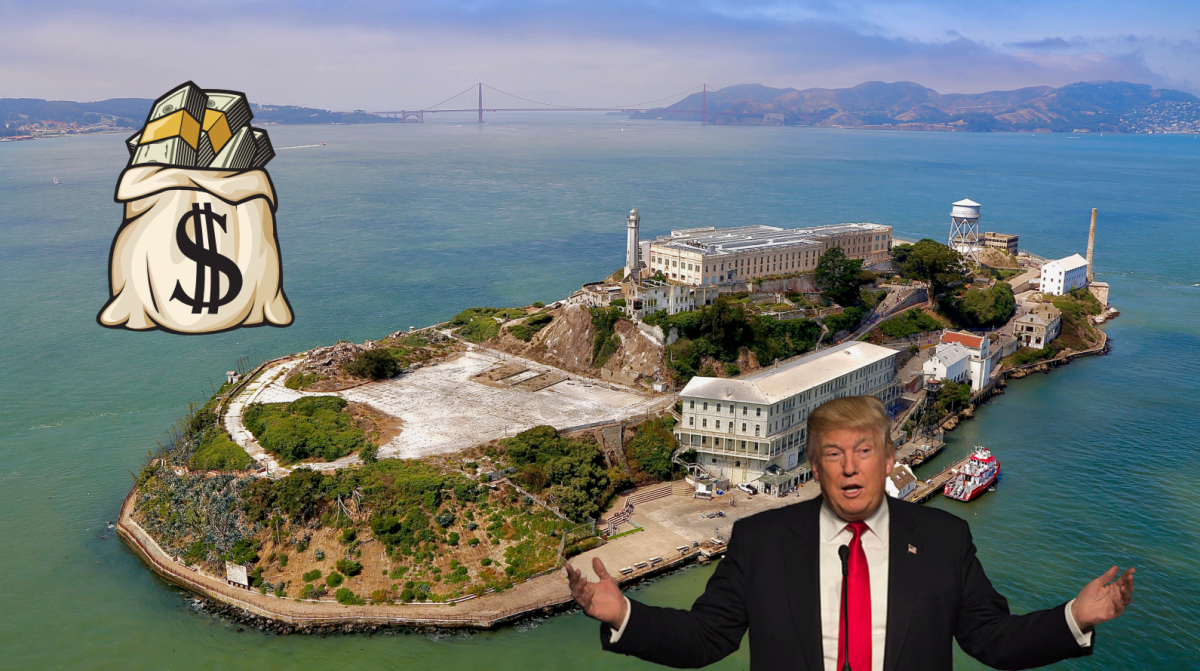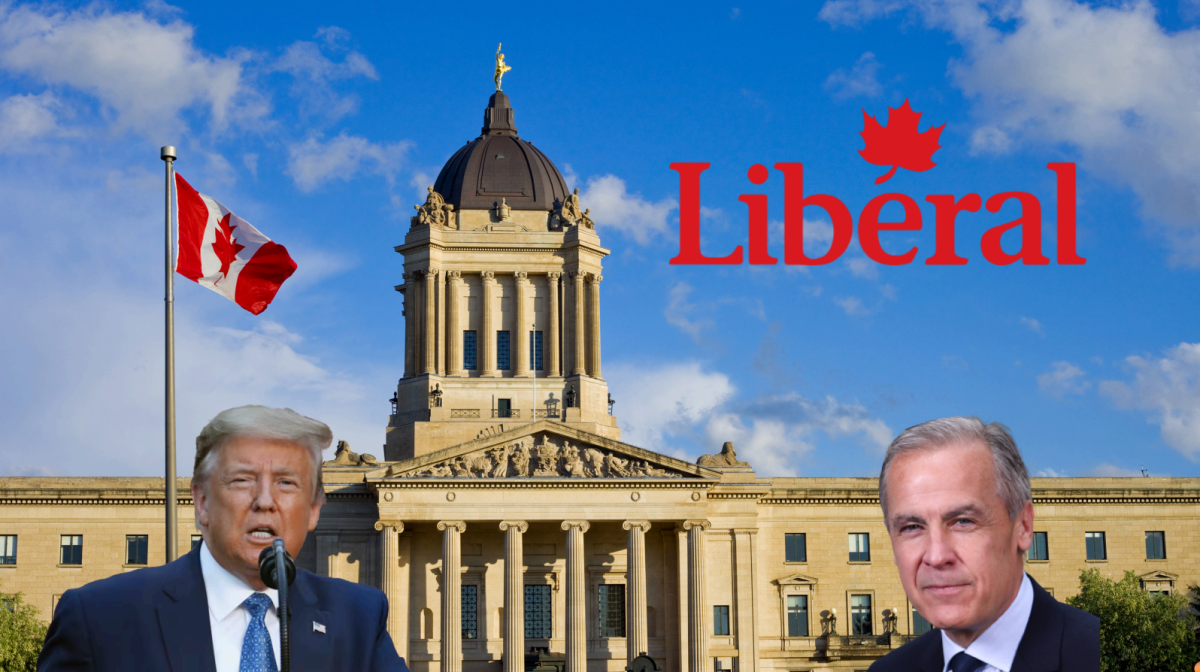Since the passing of Justice Ruth Bader Ginsburg, the Supreme Court has been in the media spotlight. While the process is incredibly important, some Americans do not know how a new justice is added to the Court.
In the most basic of definitions, the Supreme Court consists of nine justices who preside over the Judicial branch of the United States federal government. The Court’s job is to uphold the Constitution, deciding if laws or rulings of lower courts are unconstitutional. This power of judicial review is incredibly important and often controversial. Rulings from the Supreme Court can determine the impact of American policies for decades to come.
With the Supreme Court being such a powerful institution, its members are held to a high regard, and the nomination of new judges is the subject of national attention. To fill the vacancy left by Justice Ginsburg, President Donald Trump nominated Judge Amy Coney Barrett, a judge on the Seventh Circuit Court of Appeals.
The nomination of a justice by the president does not immediately send them to the Court, but rather prompts a series of steps in the Senate to check their qualifications and eventually confirm them.
After the President’s nomination, Barrett will face the Senate Judiciary Committee for a series of interviews and hearings. That committee, consisting of 12 Republican senators and 10 Democratic senators, vets the nominee, conducts a hearing and then has a vote on whether to send Barrett to full interview in the Senate.
Debate in the Senate is led by the chair of the Judiciary Committee. The Senate will have a few days of debate on the floor until the nomination is put up to a vote. At the moment, Republicans hold a majority in the Senate with enough votes to confirm Barrett to the Court.
Even with the Republication majority, Barrett will face questions from the Democrats on everything from her record to her beliefs. Barrett’s nomination has been a controversial one due to her hardline conservative values and pro-life rulings. If confirmed, Barrett would create a 5-3 conservative majority in the Court.
But Barrett’s beliefs are not the only thing controversial about her nomination. Democrats are claiming the Republican push to nominate Barrett in an election year is hypocritical when they blocked Obama’s nomination in 2015.
Barrett’s election-year nomination is a break from the long tradition of waiting to confirm a justice until after the election. The Senate’s tradition of not confirming a presidential nomination during an election year is known as the Thurmond rule, named for Senator Storm Thurmond’s 1968 blocking of Lyndon B. Johnson Supreme Court nomination.
Even if the confirmation is a break from tradition, the president and other Republicans claim they have a responsibility to nominate a justice while they have the votes to do so. Creating a conservative majority on the Court has been a goal of the Republican Party for quite some time and they are unlikely to let the opportunity pass.
Democrats have few prospects in blocking Barrett’s nomination. The filibuster, which could prevent a vote in the Senate, was eliminated as an option when Republicans voted to remove the 60-vote threshold to force a vote in 2017. Many Democrats have suggested pushing legislation to the Senate to stall the process, but Senate majority leader Mitch McConnell has been quick to make the Supreme Court the Senate’s only focus.
Another controversy was born when some Democratic Party members suggested adding two new justices to the Court if Barrett is confirmed. This action, commonly called ‘packing the court,’ has been attempted once before and is an option if Democrats do manage to take back the Senate this November. But Republicans say this option is undemocratic.
Court packing, once an obscure threat, is now an issue on many voters’ minds. “The Supreme Court is meant to be a nonpartisan institution and adding justices with a specific political agenda is undemocratic,” John Wahrndahl, senior and libertarian advocate, said on the matter. “Court packing is a slippery slope towards partisan efforts to control the Court every time a new party gains control of the Senate.”
All eyes are on the Senate as the confirmation process heats up. It is clear the Supreme Court will be in the back of many voters’ minds when they hit the polls in November.


